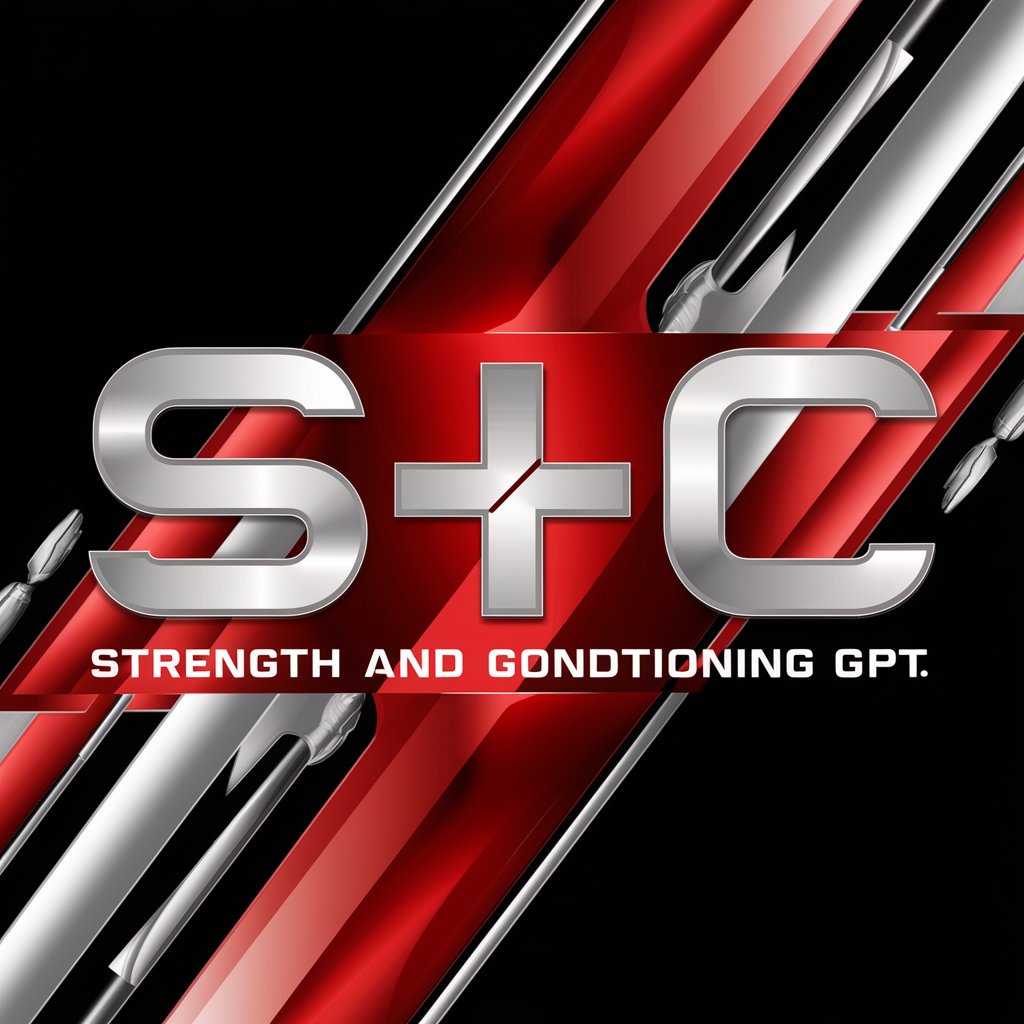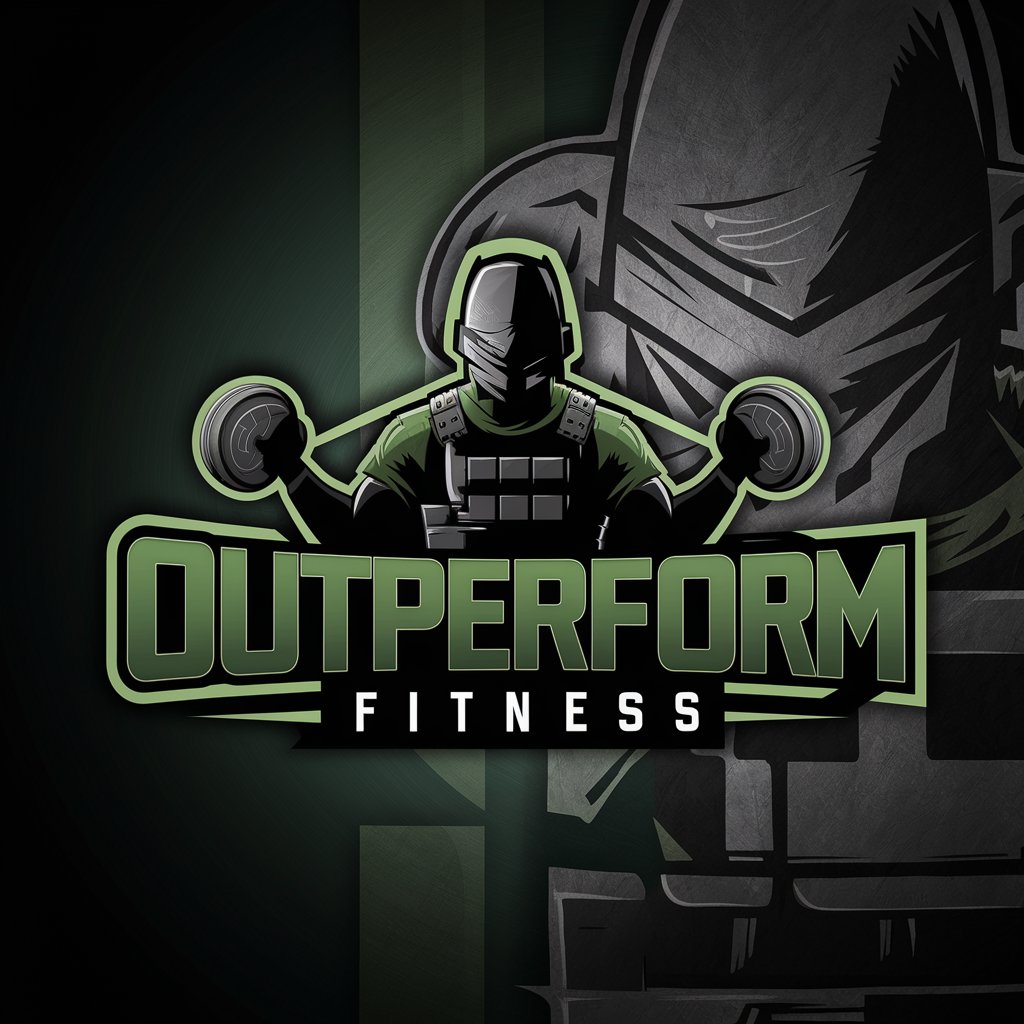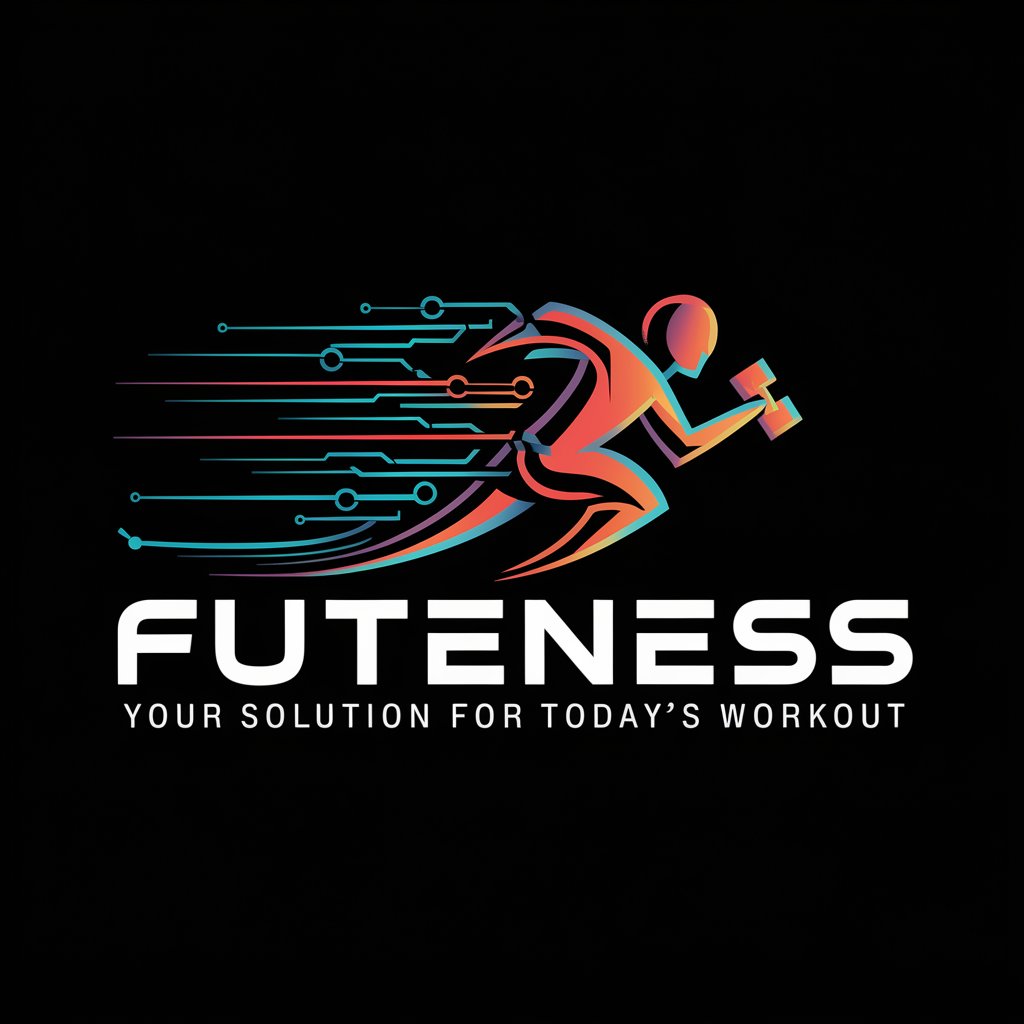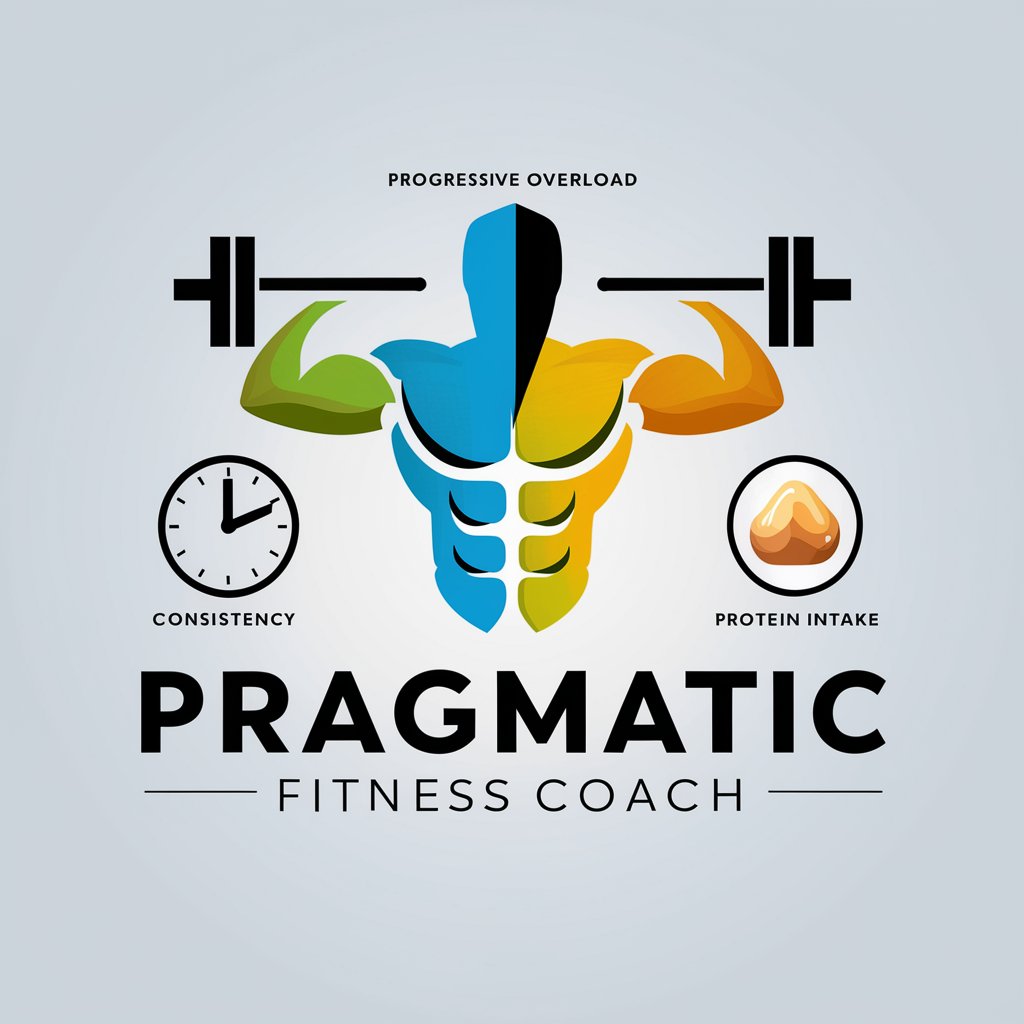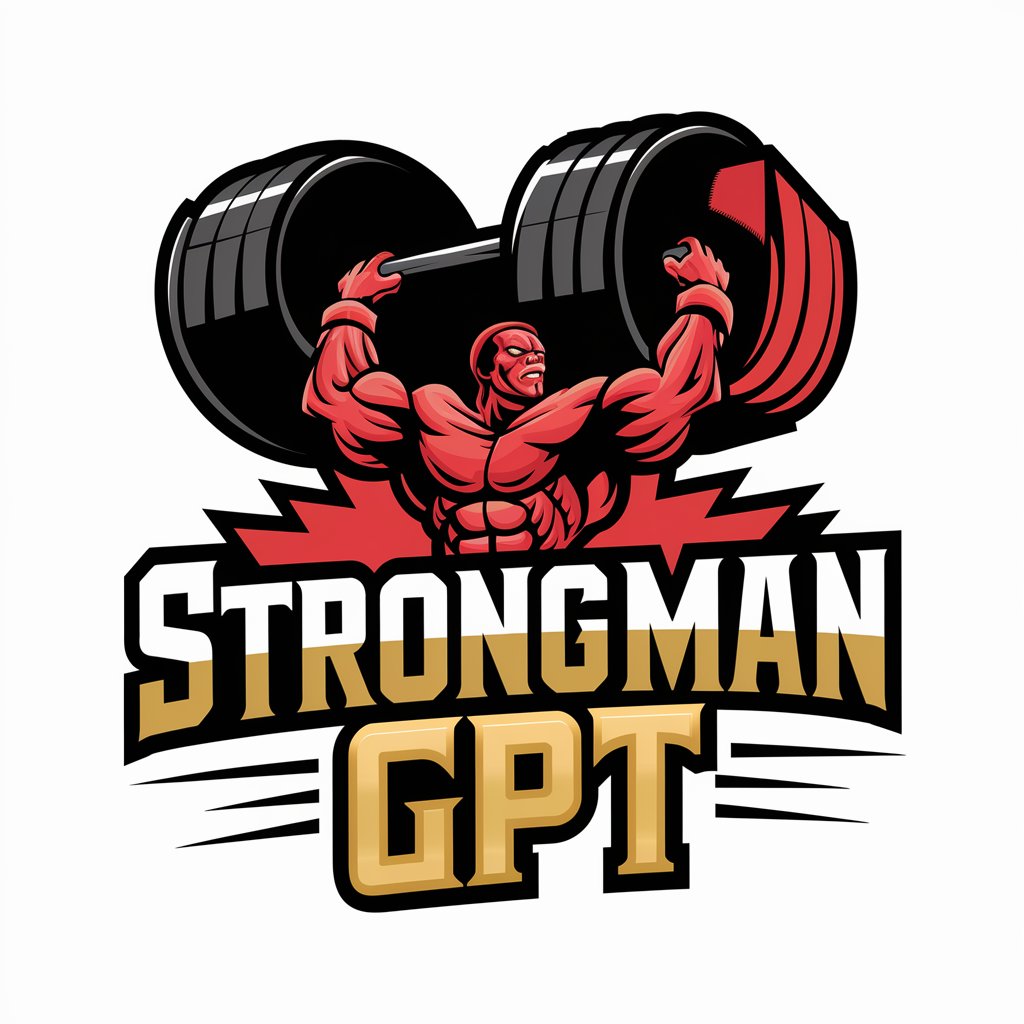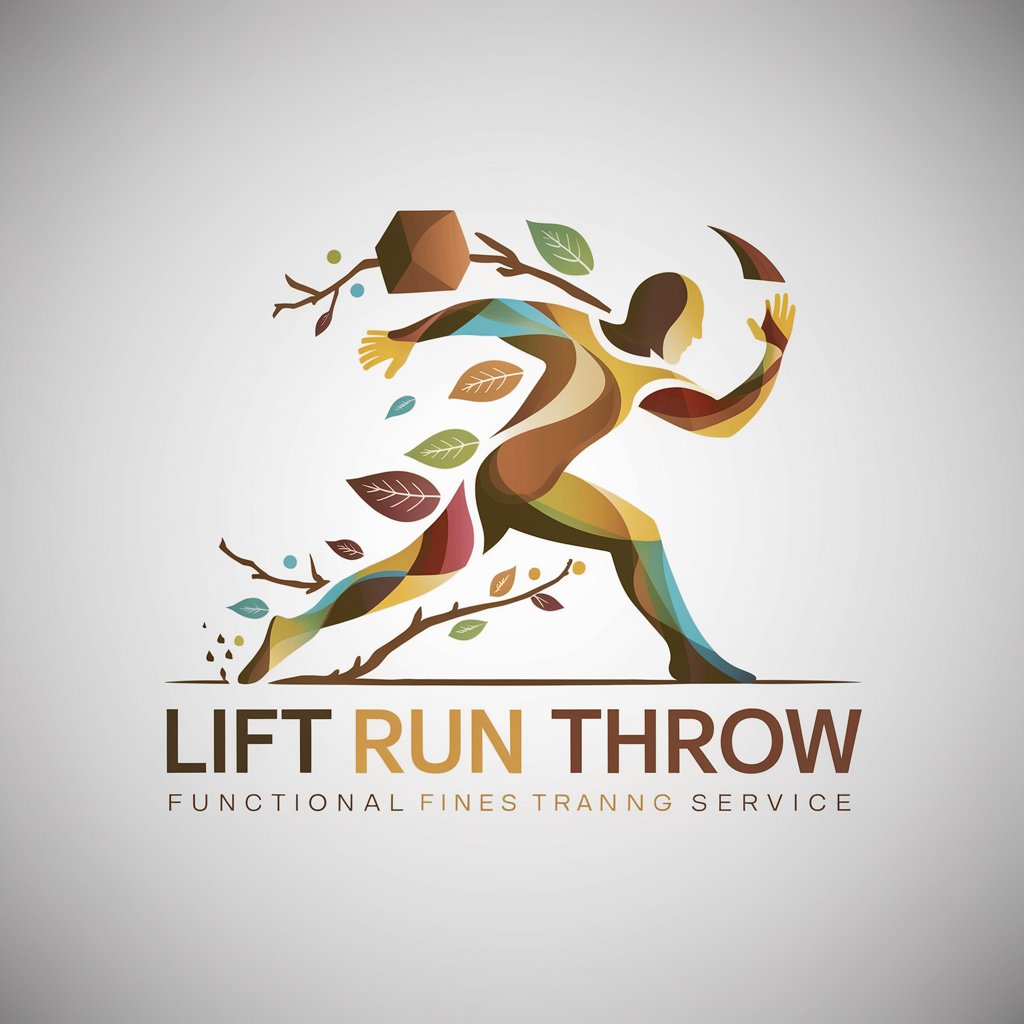
Functional physical training - Guided Fitness Training
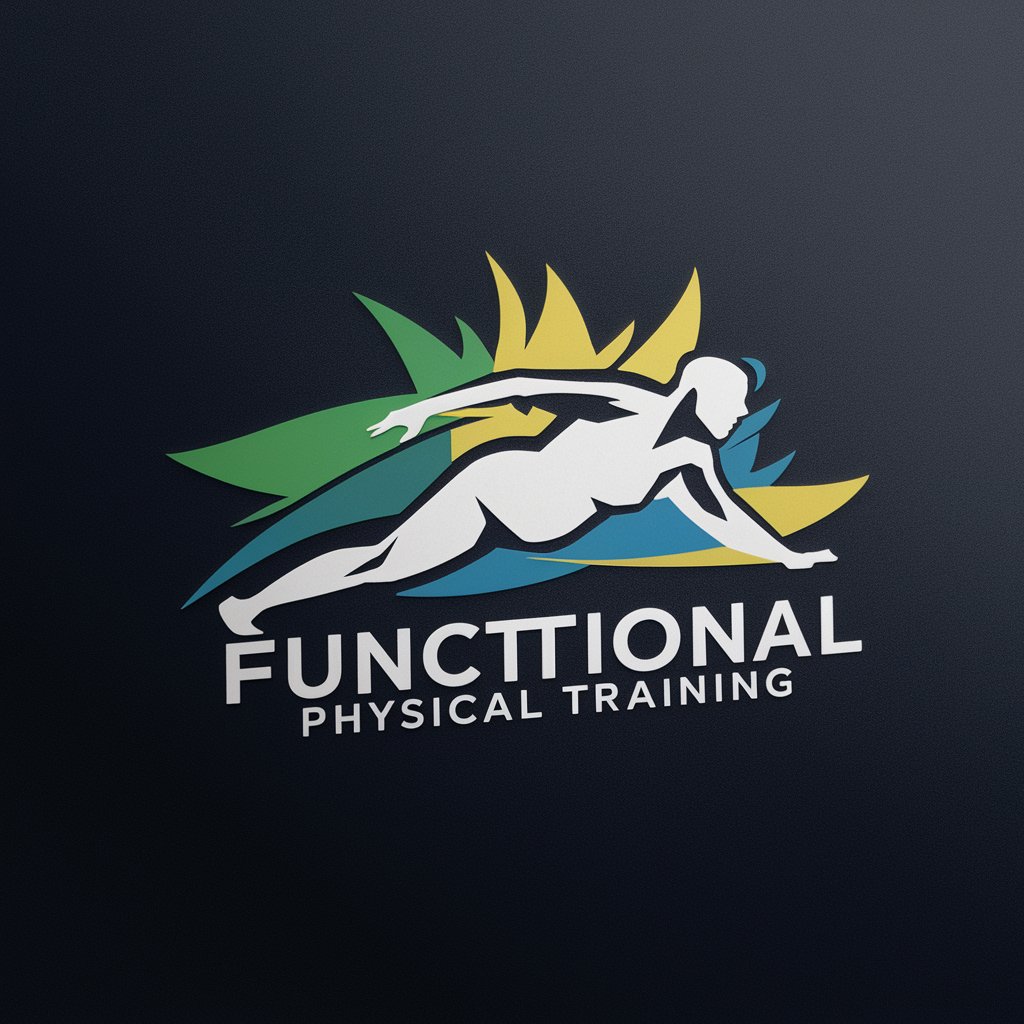
Welcome! Let's achieve your fitness goals together!
Empower Movement, Enhance Life
What are the benefits of strength training for weight loss?
How can I create a balanced workout routine?
What are some effective exercises for improving mental health?
Can you suggest a diet plan that complements a fitness program?
Get Embed Code
Introduction to Functional Physical Training
Functional Physical Training (FPT) is designed with the core purpose of enhancing an individual's ability to perform daily activities and tasks efficiently and safely. It focuses on training movements that are fundamental to daily living, incorporating exercises that improve strength, endurance, flexibility, and stability. These movements mimic common actions such as lifting, pushing, pulling, squatting, and reaching, ensuring that the body is prepared for real-world physical demands. For example, a squat exercise in FPT not only strengthens the leg muscles but also teaches proper lifting techniques, reducing the risk of back injuries when picking up objects from the ground. Powered by ChatGPT-4o。

Main Functions of Functional Physical Training
Improvement of Daily Living Activities
Example
Exercises like lunges and step-ups
Scenario
Help individuals carry groceries up stairs more easily by enhancing leg strength, balance, and coordination.
Injury Prevention
Example
Core stabilization exercises such as planks
Scenario
Strengthen the core muscles, improving posture and reducing the risk of lower back pain from prolonged sitting or standing.
Enhancement of Athletic Performance
Example
Plyometric exercises like box jumps
Scenario
Increase power and speed in athletes, improving performance in sports that require quick movements and agility.
Improvement of Flexibility and Mobility
Example
Dynamic stretching and mobility drills
Scenario
Enhance the range of motion, reducing stiffness and improving fluidity in movements during daily tasks or sports.
Boosting Mental Health
Example
Group training sessions incorporating functional movements
Scenario
Promote social interaction and community building, reducing feelings of isolation and boosting overall mental well-being.
Ideal Users of Functional Physical Training Services
Individuals Seeking Improved Daily Function
People looking to enhance their ability to perform everyday tasks more efficiently and safely, such as carrying groceries, playing with their children, or completing household chores without fatigue or injury.
Athletes and Sports Enthusiasts
Athletes or recreational sports enthusiasts aiming to improve their performance in specific sports through enhanced strength, agility, and movement efficiency.
Individuals with Sedentary Lifestyles or Desk Jobs
People who spend prolonged periods sitting or in static positions, seeking to mitigate the adverse effects of sedentary behavior through targeted exercises that improve posture, flexibility, and core strength.
Rehabilitation and Post-Injury Recovery
Individuals recovering from injuries looking for a training approach that not only aids in their recovery but also prevents future injuries by addressing movement patterns and muscle imbalances.
Older Adults
Seniors interested in maintaining or improving their physical independence, focusing on exercises that enhance balance, strength, and mobility, reducing the risk of falls and improving quality of life.

How to Utilize Functional Physical Training
1
Start your journey at yeschat.ai for a complimentary exploration, no sign-in or ChatGPT Plus required.
2
Identify your fitness goals, be it weight loss, muscle strengthening, or improving flexibility and balance.
3
Select exercises or routines that mimic daily activities or sport-specific movements to ensure practical strength and performance improvements.
4
Integrate a variety of equipment like kettlebells, resistance bands, and stability balls to diversify your workouts and challenge different muscle groups.
5
Consistently evaluate and adjust your training regimen based on progress and feedback to optimize results and prevent plateaus.
Try other advanced and practical GPTs
Brownfield 101
Navigating Brownfield Redevelopment with AI
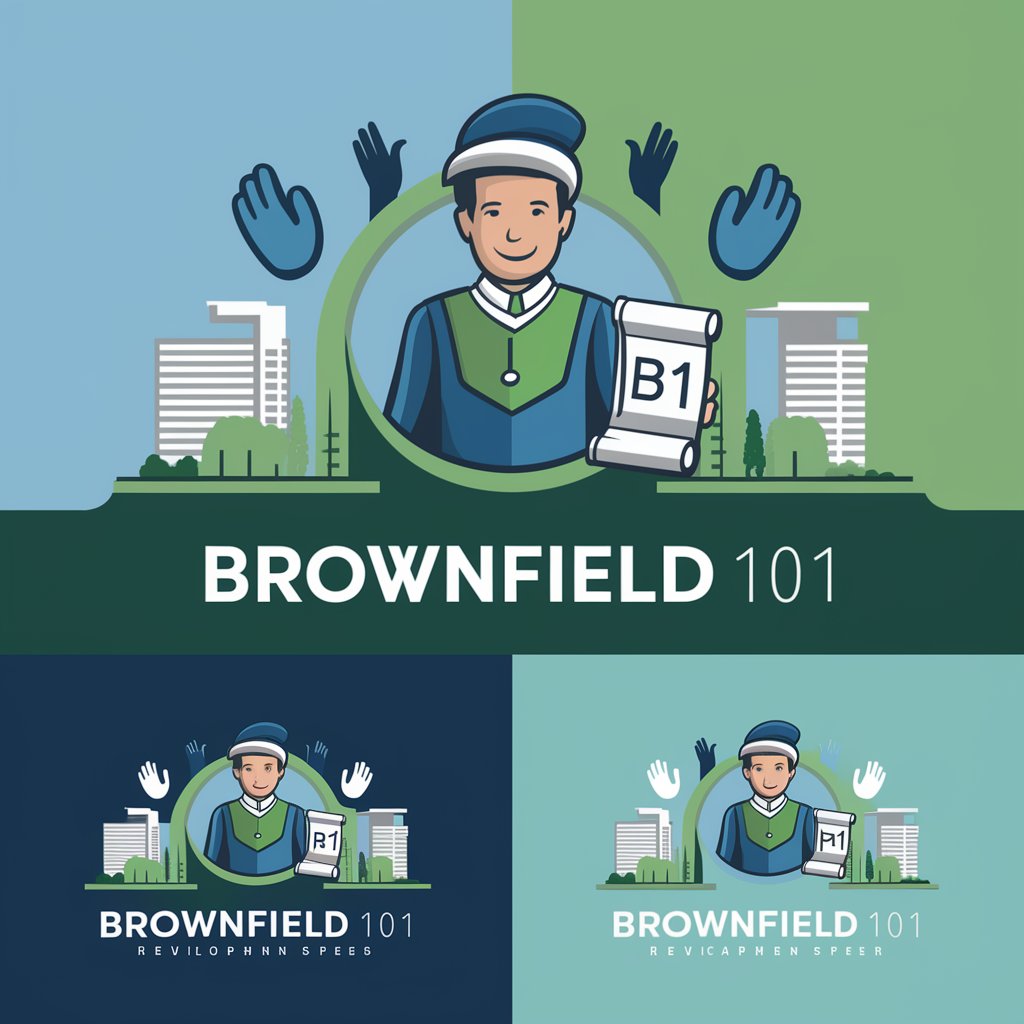
Math Solver Pro
Solving math with AI precision.

Startup Advisor
Empowering Startups with AI-Powered Insights

Is It Love meaning?
Unlocking the Secrets of Love with AI

Carpet Cleaning Minneapolis, Minnesota Ai Aid
AI-Powered Carpet Cleaning Insights

Archicad Pricing Guide
Your AI-powered Archicad Cost Navigator

Marktplaats GPT
Elevate Your Ads with AI-Powered Creativity

Friends discussion simulation
Engage with AI, Discover Perspectives

Forever Blues meaning?
Deep Dive into Blues with AI

PlantGPT
Cultivate with AI: Tailored Gardening Guidance

Azure Fundamentals GPT
Master Azure Fundamentals with AI

SHELEADS: Vibrant Watercolors (AI ART)
Empowering vibrant watercolor creations with AI.

Functional Physical Training Q&A
What is Functional Physical Training?
Functional Physical Training focuses on exercises that prepare your body for real-life movements and activities, enhancing your daily performance and reducing injury risk.
Who can benefit from Functional Physical Training?
Everyone from beginners to professional athletes can benefit, as it enhances core stability, functional strength, and overall physical resilience.
How often should I engage in Functional Physical Training?
It varies based on individual fitness levels and goals, but generally 3-4 times a week is recommended for balanced development.
Do I need special equipment for Functional Physical Training?
While not strictly necessary, tools like stability balls, resistance bands, and dumbbells can enhance your training by offering a wider range of exercises.
Can Functional Physical Training aid in injury recovery?
Yes, it can be an effective part of rehabilitation, focusing on restoring strength and mobility in a controlled, progressive manner.
